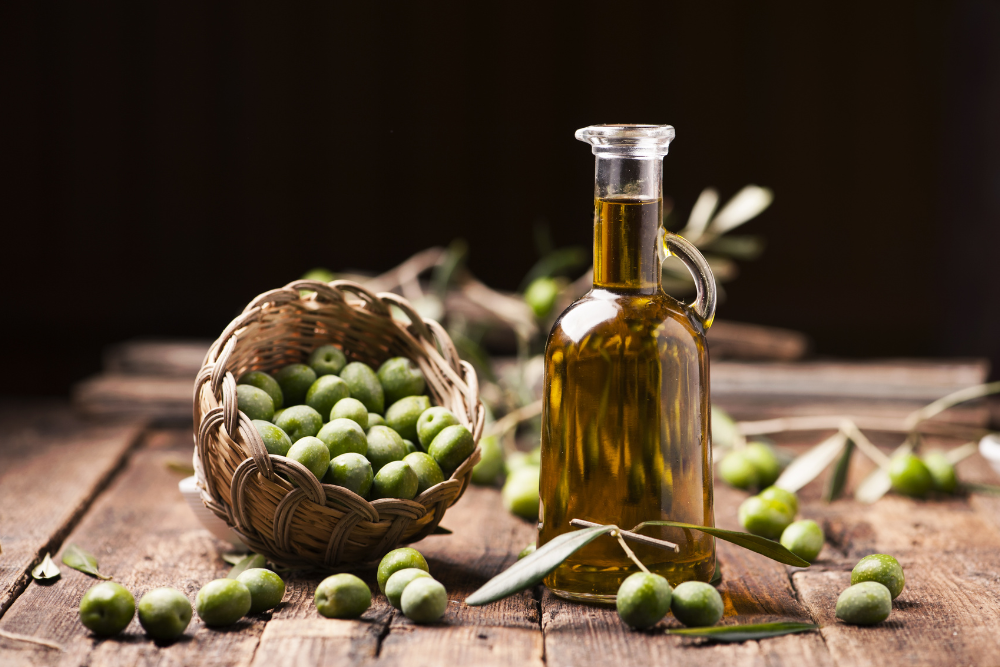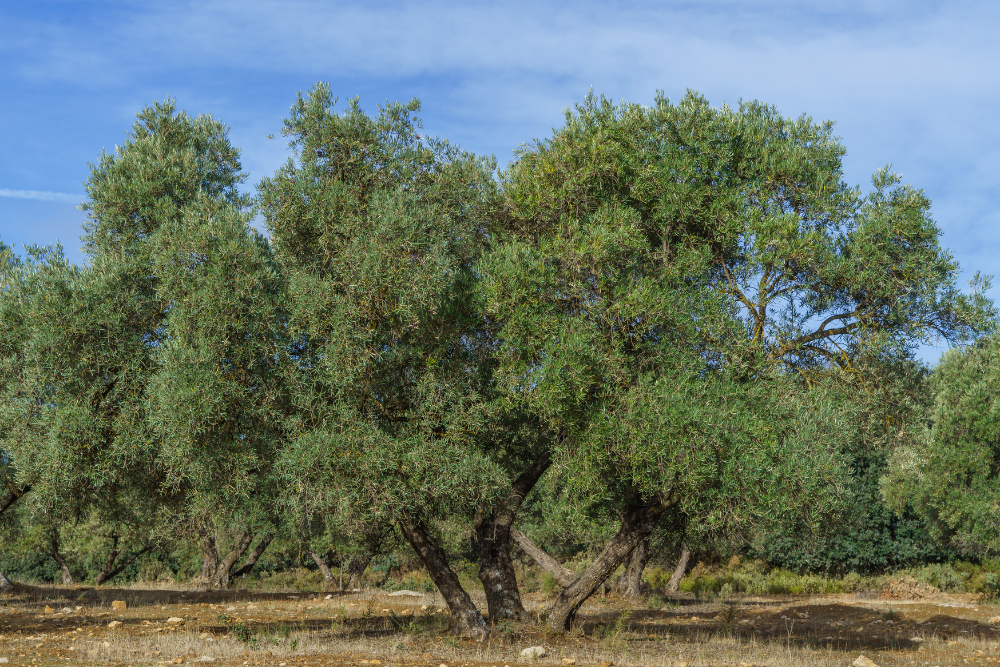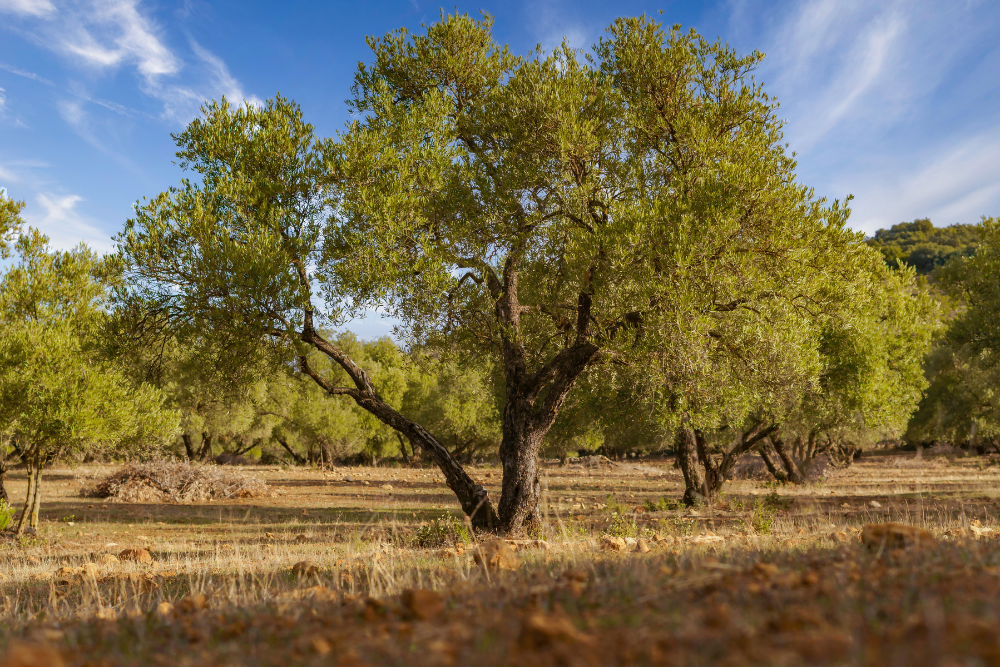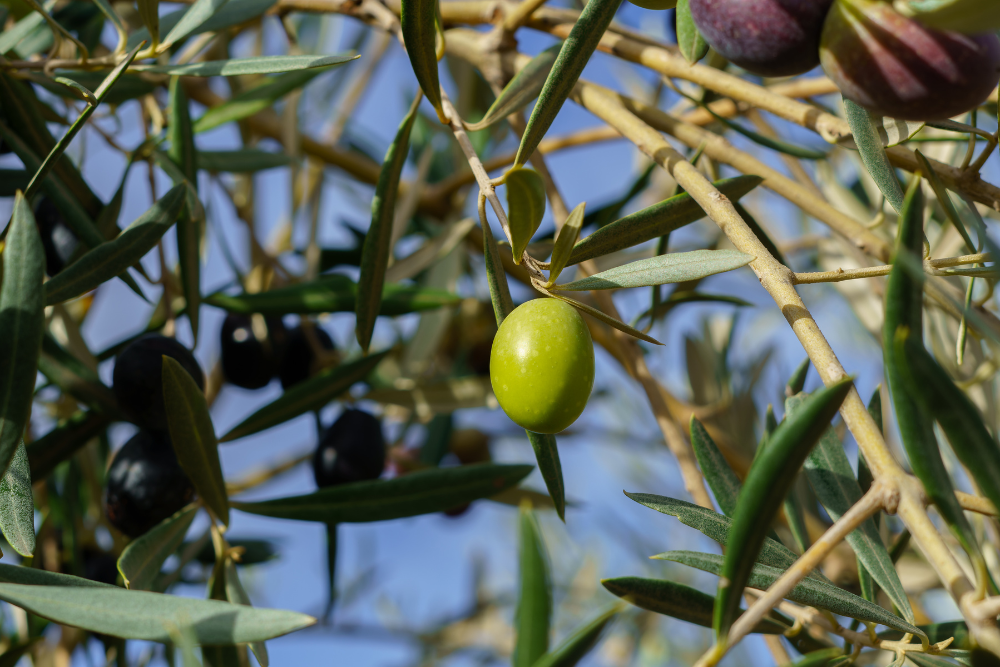Andalusia, the sun-drenched region of southern Spain, is famous for its stunning landscapes, rich history, and culinary delights. Among its most treasured products is olive oil, often referred to as “liquid gold.” The region is the largest producer of olive oil in the world, and its vast olive groves stretch across the countryside, creating a picturesque and vibrant landscape. For food lovers, history enthusiasts, and those interested in traditional agriculture, Andalusia’s Olive Oil Route offers a fascinating journey into the heart of Spanish culture and the production of one of the world’s most beloved ingredients.
1. The Origins of Andalusia’s Olive Oil

Olive oil production in Andalusia dates back over 2,000 years, with the Phoenicians and Romans playing key roles in introducing olive cultivation to the region. However, it was under the Moors, during the 8th to 15th centuries, that olive oil production reached new heights, thanks to advanced agricultural techniques and the introduction of irrigation systems. Today, the region remains the backbone of Spain’s olive oil industry, producing around 50% of the country’s olive oil and a significant portion of the world’s supply.
The Olive Oil Route in Andalusia takes visitors through some of the most iconic olive-producing regions, offering a chance to explore the culture, heritage, and flavors behind Spain’s renowned olive oil.
2. The Province of Jaén: The Heart of the Olive Oil Industry

The province of Jaén is often considered the heart of Andalusia’s olive oil production. With over 66 million olive trees, it produces more olive oil than any other province in Spain, and its landscape is defined by endless olive groves stretching as far as the eye can see. Visiting Jaén offers an opportunity to experience the essence of olive oil production, from the cultivation of the olive trees to the pressing and bottling of the oil itself.
The town of Úbeda, a UNESCO World Heritage site, is an excellent starting point for the Olive Oil Route. The town is known for its Renaissance architecture and is surrounded by some of the best olive groves in the region. In Baeza, another nearby UNESCO site, visitors can enjoy the historic atmosphere while learning about the region’s olive oil history.
3. The Olive Oil Museums: A Glimpse Into Tradition and Innovation

Several towns in Andalusia are home to olive oil museums that offer fascinating insights into the history and craft of olive oil production. In the town of Mengíbar, the Museo del Aceite de Oliva (Olive Oil Museum) presents the evolution of olive oil production over the centuries, showcasing ancient tools, traditional methods, and contemporary innovations.
Another notable museum is the Museo de la Cultura del Olivo in Baeza, which provides a deep dive into the cultural significance of the olive tree and olive oil in Andalusian life. The museum displays ancient artifacts related to olive cultivation and includes exhibitions on the modern techniques used in producing olive oil today.
4. The Olive Oil Tasting Experience: Discovering Flavors and Aromas

No trip along the Olive Oil Route is complete without indulging in an olive oil tasting experience. Just as wine tasting reveals the nuances of different grape varieties, olive oil tasting allows visitors to explore the range of flavors, textures, and aromas that vary depending on the region, variety of olive, and production methods.
Many olive oil producers offer guided tastings where visitors can sample different varieties of olive oil, learn how to properly taste and appreciate its qualities, and even pair olive oil with local foods like bread, cheese, and cured meats. A good olive oil will have a fresh, grassy flavor with notes of fruitiness, bitterness, and a slight peppery finish, with each variety offering its own distinctive characteristics.
5. The Olive Oil Villages: Exploring Andalusia’s Countryside

The Olive Oil Route in Andalusia is not just about the oil – it’s also about exploring the charming villages and towns that dot the countryside, where the olive oil tradition is an integral part of daily life. Towns like Santiago de Calatrava, Andújar, and Alcaudete are known for their picturesque olive groves and historical significance in olive oil production.
In Alcaudete, visitors can explore the Castillo de Alcaudete (Alcaudete Castle), which offers stunning views over the surrounding olive groves, while in Andújar, the Sierra de Andújar Natural Park provides opportunities for hiking and wildlife watching in a stunning landscape of olive trees and rolling hills. These small towns also feature traditional Andalusian architecture, such as whitewashed houses, narrow streets, and charming plazas, where visitors can relax and enjoy local specialties, including tapas prepared with fresh olive oil.
Conclusion

Andalusia’s Olive Oil Route is a journey through the heart of Spanish tradition, where visitors can experience the beauty, history, and culture of one of the world’s most cherished culinary treasures. Whether you’re exploring the lush olive groves of Jaén, tasting the region’s finest oils, or learning about the ancient techniques that have shaped olive oil production, the route offers an unforgettable experience. For anyone with an appreciation for fine food, culture, and nature, Andalusia’s Olive Oil Route is a must-visit destination.












